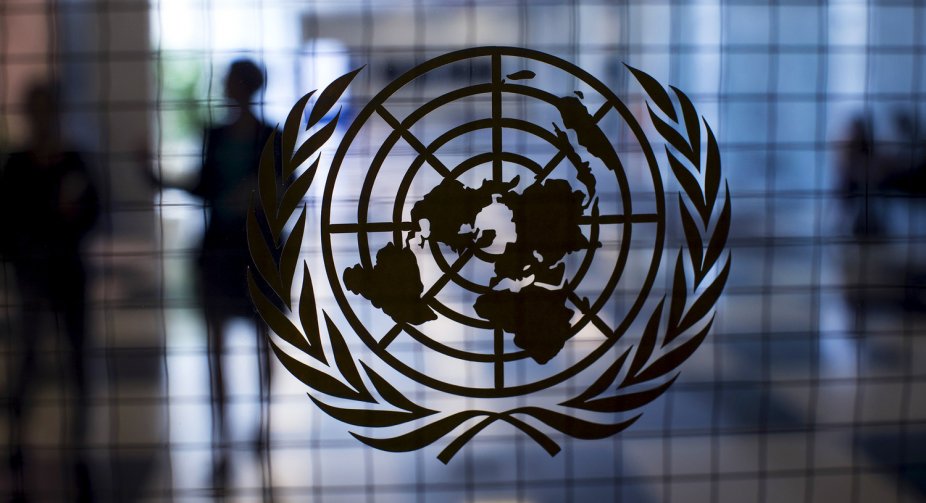Civilian casualties from Feb. 24, when Russia launched its war against Ukraine, to 24:00 July 11 totaled 1,544 civilians (1,152 as of July 3), including 5,024 deaths (4,889), the office of the UN High Commissioner for Human Rights (OHCHR) said Tuesday.
"The majority of recorded civilian deaths or injuries were caused by the use of explosive weapons with a wide area of impact, including heavy artillery and multiple rocket launchers, as well as rocket and air strikes," the document said of the UN data.
This applies, for example, to such settlements as Mariupol (Donetsk region), Izyum (Kharkiv region), Lysychansk, Popasna, and Severodonetsk (Luhansk region), where numerous civilian deaths or injuries have been reported.
According to confirmed UN figures, 1,905 men, 1,316 women, 161 boys and 141 girls were killed, while the gender of 41 children and 1,460 adults could not yet be determined.
The 6,520 wounded included 202 boys and 144 girls, and 187 children whose sex could not yet be determined.
Compared to 3 July, eight children were killed and 12 others were wounded.
Whereas previously the OHCHR's update on the number of casualties was issued daily, and then only on weekdays, it has now become a weekly update. This report, like the previous one, also provides data by month.
According to them, the deadliest month for civilians was March, with a minimum of 3,028 deaths, while in April that number dropped to 660, in May to 453 and in June to 361.
From July 1 to 11, the UN points out, 159 people were killed, compared with 336 in the first five days of the war from Feb. 24 to 28.
According to the report, 157 people died from large-area explosive weapons and another 364 were wounded in July, while mines and explosive remnants of war killed two and two respectively (1 percent of total casualties).
The summary also traditionally states that the increase in numbers to the previous summary should not be attributed solely to cases after July 3, as the Office verified a number of cases from previous days during that period.






